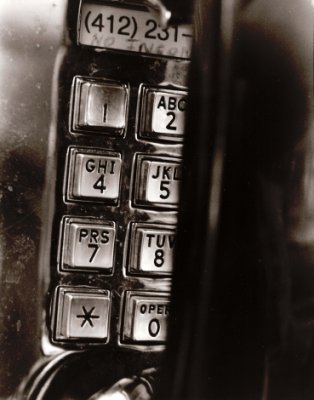
A government program with a long running history of waste and abuse was just caught red handed again.
The Federal Communications Commission Inspector General released a report that found that the percentage of improper payments from the Lifeline program rose from 2.93% to 21.93% from 2016 to 2017, accounting for an increase of $295.74 million in waste and fraud in just one year. The report explains the Universal Service Administrative Company’s procedures did not prevent individuals from receiving multiple Lifeline benefits, nor did it prevent ineligible consumers from receiving benefits from the Lifeline program. The report illustrates that FCC rules and Lifeline policies were not able to ensure that service providers received documentation on eligibility. The report identified the Lifeline program as one of four programs susceptible to significant improper payments.
What’s troubling is that these taxpayer dollars were improperly used and took away from funding for qualified low-income users. If the program is to exist at all, we need to be focusing on those who have no broadband access at all, and that means cutting wasteful spending on ineligible participants in the program.
Unfortunately, the program has a long history of abuse. After a three year investigation, in 2017, the Government Accountability Office could not confirm whether 1.2 million individuals enrolled in Lifeline were eligible for the program. In another case of Lifeline abuse, The FCC fined a provider $30 million for knowingly adding fraudulent subscribers to the Lifeline program.
For the 2019 calendar year the budget for the Lifeline program will increase to $2.33 billion as the budget is indexed for inflation yearly in accordance with the Consumer Price Index from the Department of Labor. The current budget for the program is $2.28 billion. This increases the amount of taxpayer dollars exposed to fraud.
The Lifeline program is administered by the USAC, established in 1985 as a fixed dollar subsidy to the carriers for low income Americans to afford basic phone service. Since 2016 the program has also provided reduced pricing for voice-data bundles or stand-alone broadband.
We need to close the digital divide. But the only way we’ll get there is by ensuring that waste, fraud and abuse of taxpayer dollars is minimized so those with no broadband service are prioritized.

